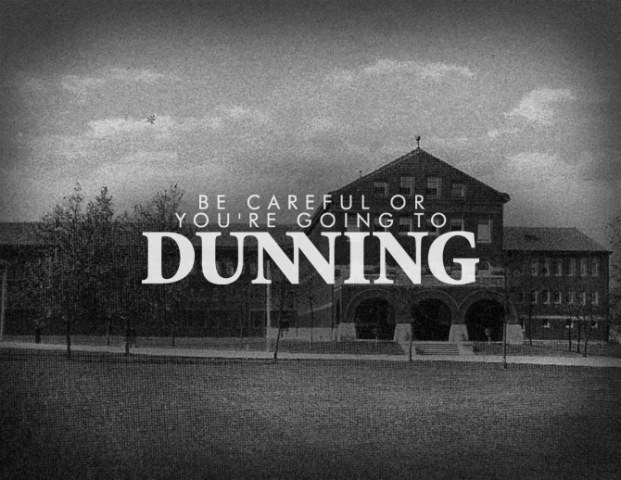WBEZ's Curious City Looks At The Sordid History Of Dunning
By Chuck Sudo in News on May 1, 2013 10:30PM

Steve Shanabruch
Friend of Chicagoist Robert Loerzel has a captivating article at WBEZ's "Curious City" blog on the history of Dunning, especially its roots as an asylum and poorhouse where tens of thousands of people were buried in unmarked graves.
Loerzel was tasked with writing the story after Michael Dotson, who grew up near Dunning, asked Curious City about the neighborhood's history after hearing that 38,000 bodies were buried there. Dunning is bordered by Montrose Avenue on the north, Irving Park Road on the south, Narragansett on the east and Oak Park Avenue on the west. It originally opened in 1854 as an infirmary where poor people who couldn't find work wound up as a last resort. The complex was never officially named Dunning — that was the name for the rail station that served the area. Cook County later added an insane asylum on the grounds. Over time, the complex earned its reputation for corruption, graft, incompetent and unprofessional treatment, and overcrowded conditions. Word of Dunning's conditions were so colorful (and real) that parents across Chicago would use the threat "Be careful or your going to Dunning" to keep their children in line. Cook County Judge Richard Prendergast described Dunning as “a tomb for the living" in an 1899 trial.
Eventually the state took over Dunning in 1912, but incidents of abused patients still made news. So did stories of people being buried on the property. Dunning served as a final resting place for families who couldn't afford to bury their loved ones, in addition to asylum inmates and almshouse residents. Only 15,000 bodies were found to have been buried through official records, but genealogist Barry Feig told Loerzel the number is closer to to the number Dotson asked about. When Dunning eventually fell under the transition of modern development, construction crews would either halt their work to have teams called in to dig out old bodies or simply build over them.
Loerzel put together one hell of a long read here. If our Cliff's Notes piqued your curiosity, click over and read Loerzel's piece.